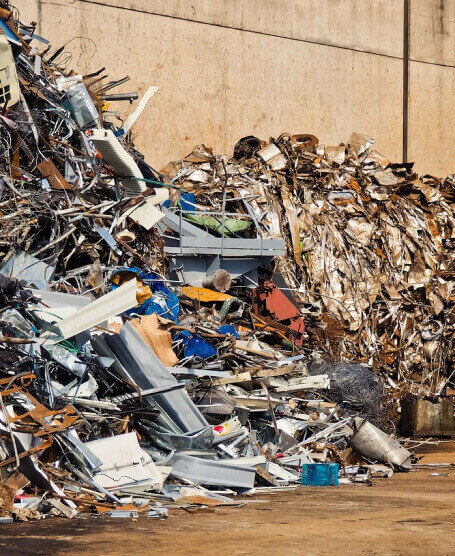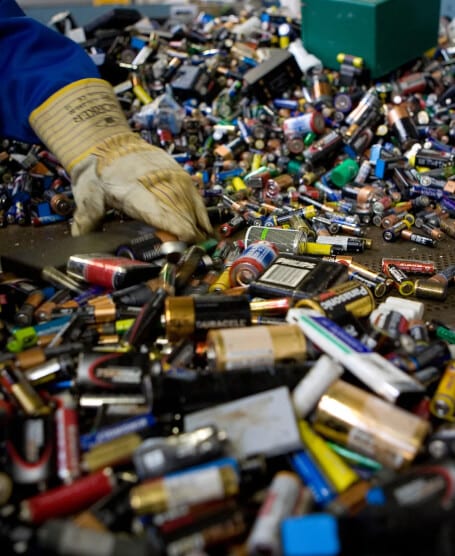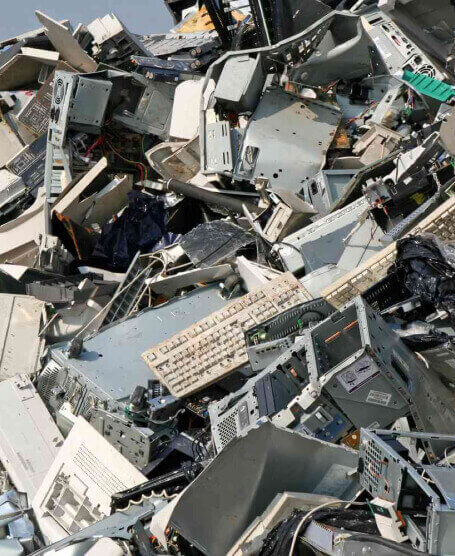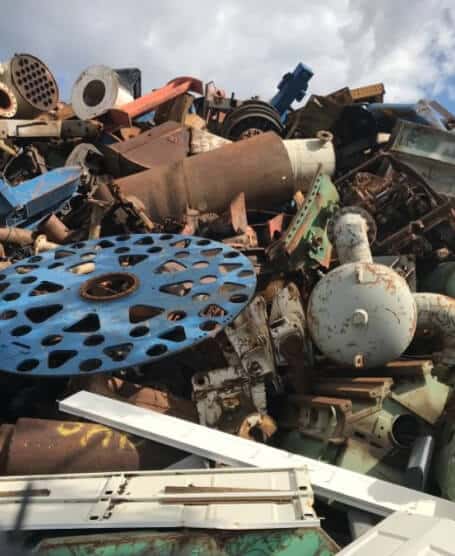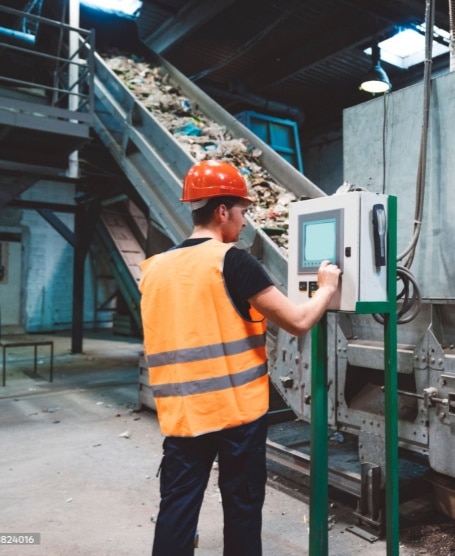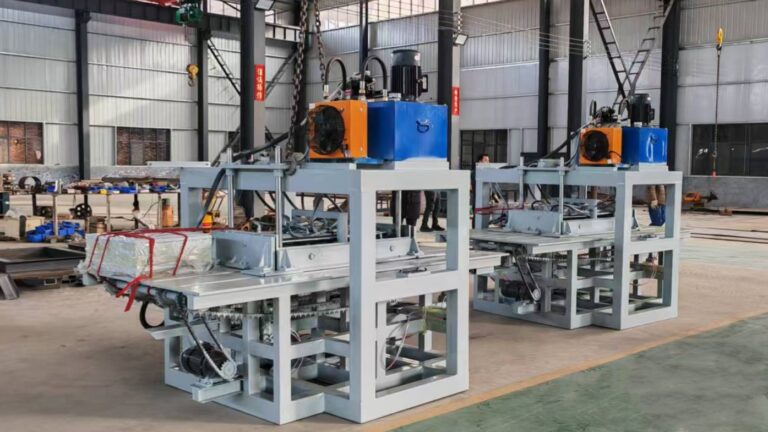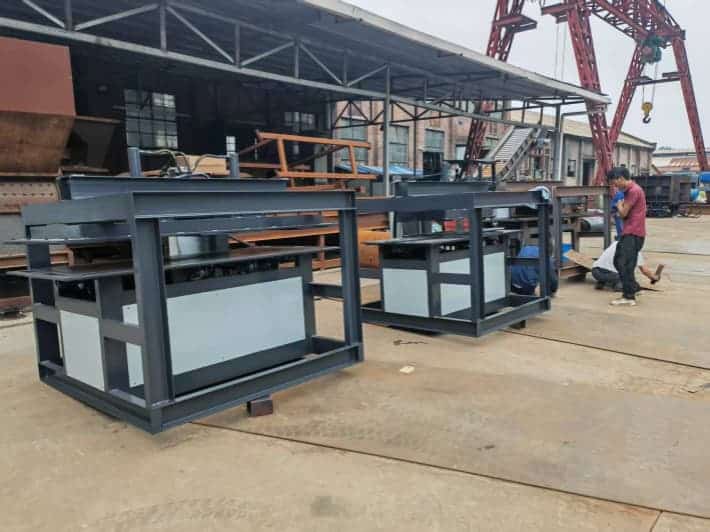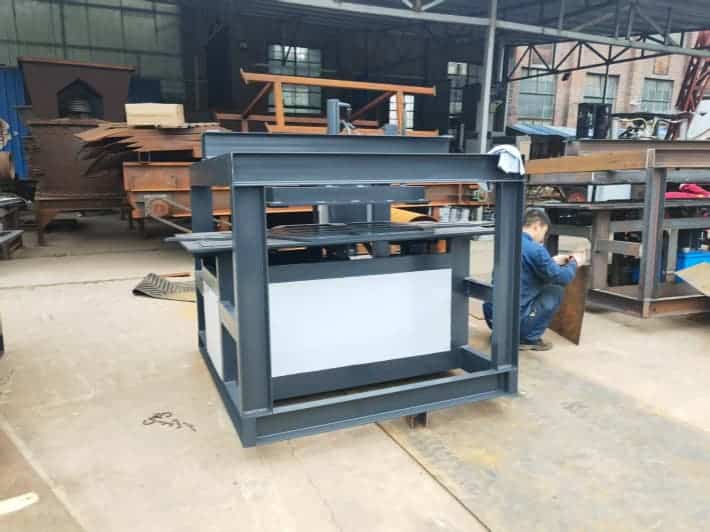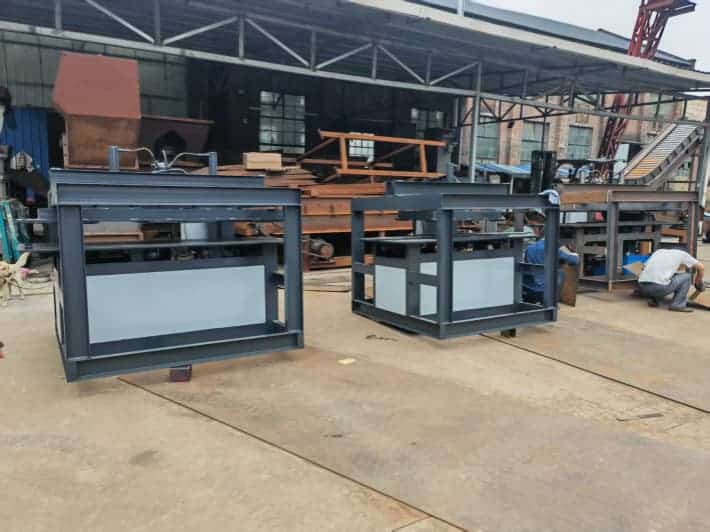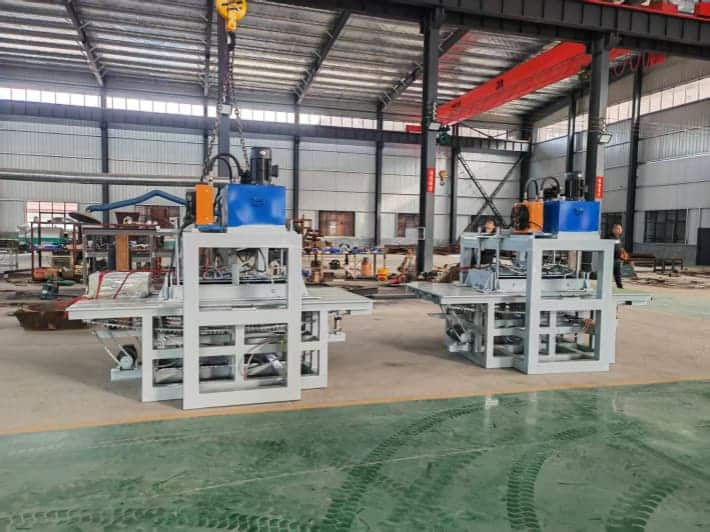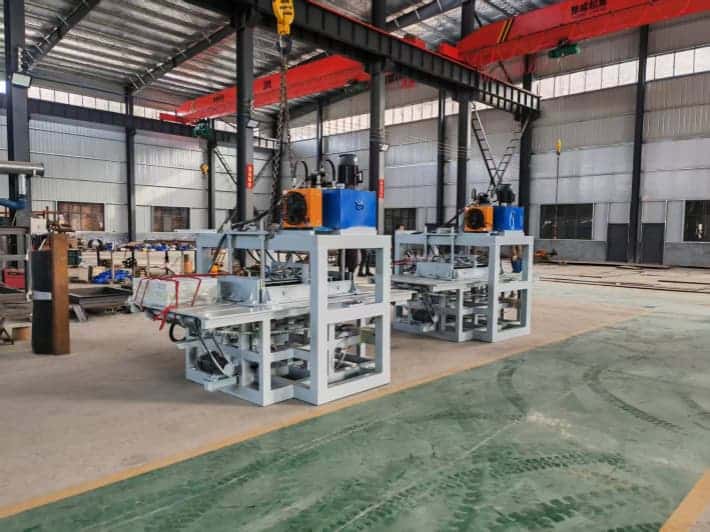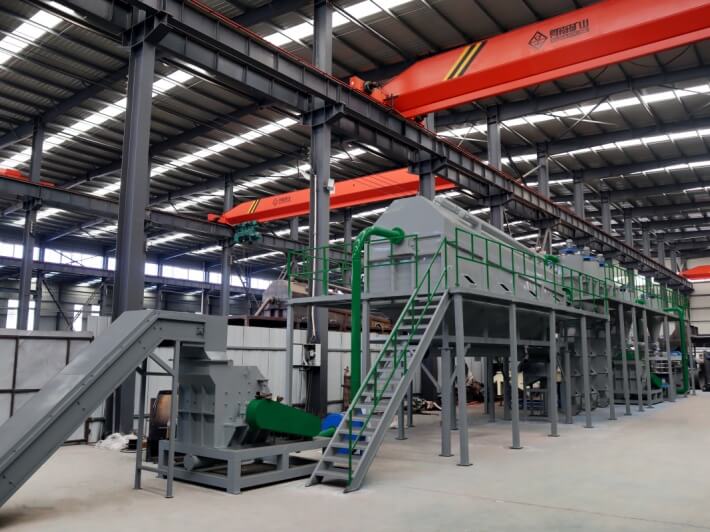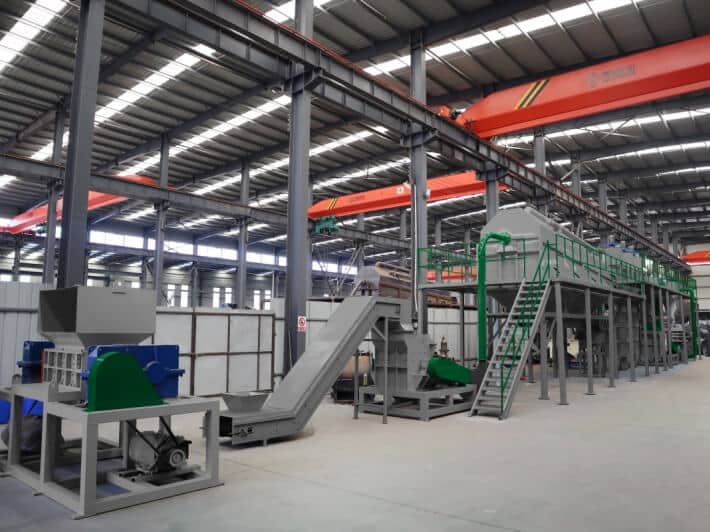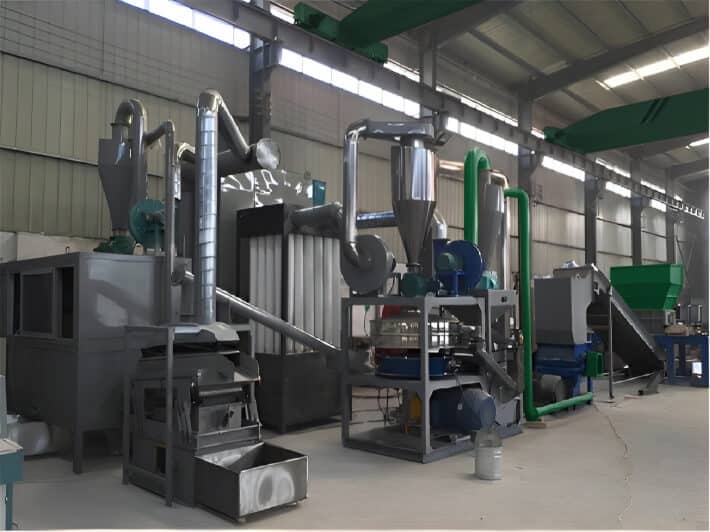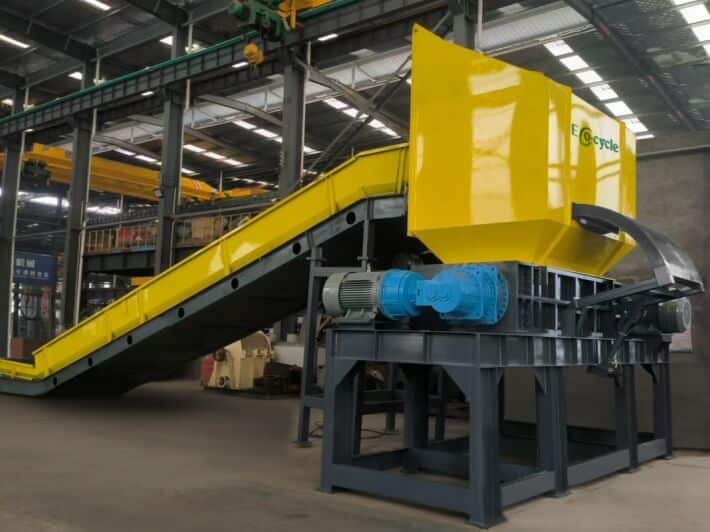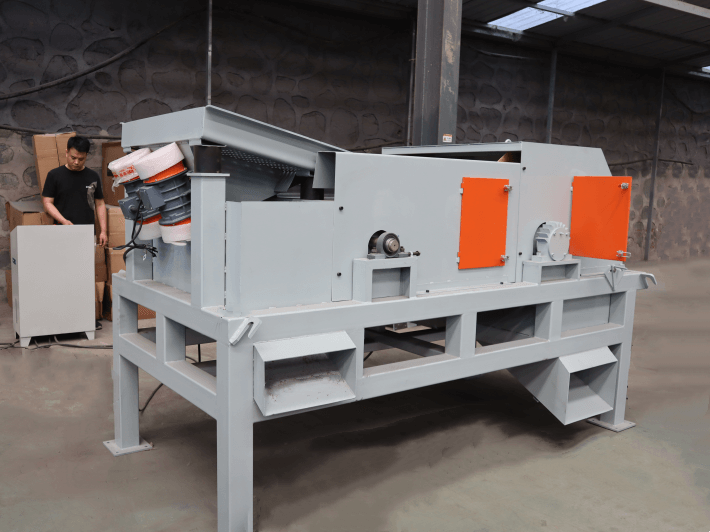A solar panel is a device that converts sunlight into electricity using the photovoltaic effect. Solar panels are generally made up of a junction box, an aluminium bezel, toughened glass, EVA and a circuit board. When solar panels need to be recycled or repaired, the bezel needs to be disassembled first, but this is a very troublesome thing. If the quantity is not much, you can dismantle it slowly by hand, but when a large quantity of solar panels need to be dismantled, you need the help of professional equipment.
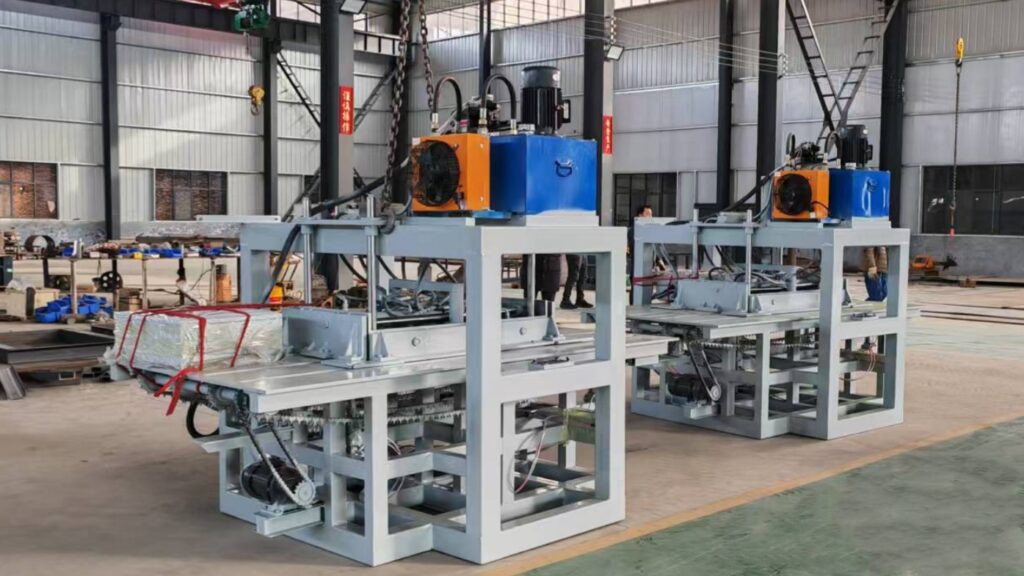
Overview
Solar panel bezel removal equipment, also known as module bezel removal machine, is a mechanical device used to remove the bezel of photovoltaic modules. Dismantling the bezel is often the first step in the repair or recycling of photovoltaic panels. This equipment helps workers remove the bezel of a photovoltaic panel quickly, completely, and efficiently for subsequent repairs and disassembly.
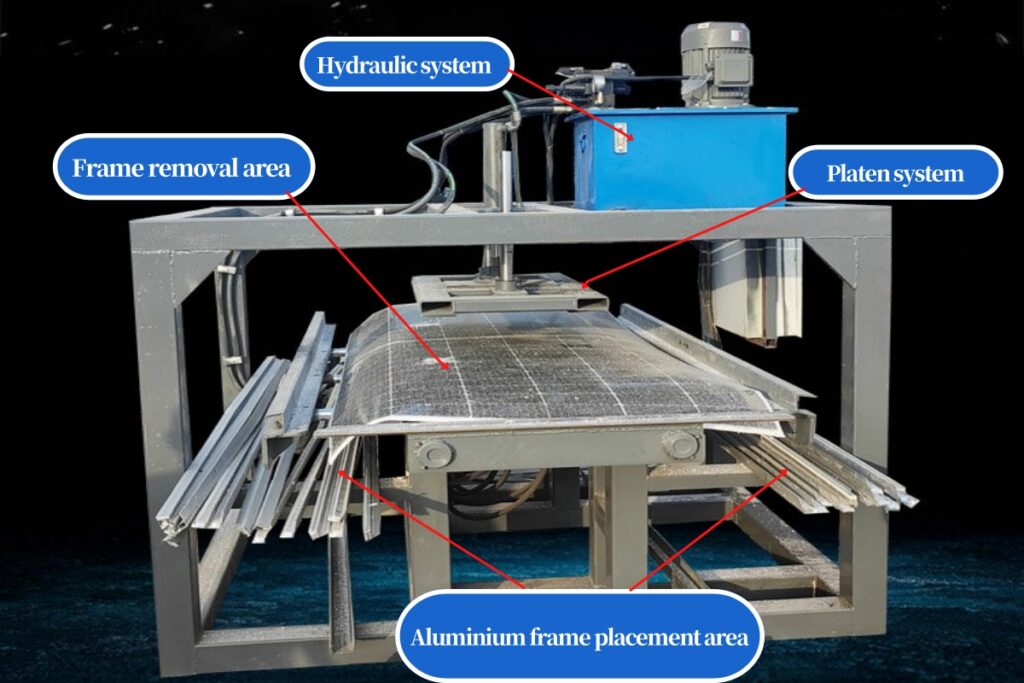
Applications
It is suitable for PV module recycling such as: dismantling of end-of-life or damaged solar panels, recycling of aluminium, glass, silicon and other materials.
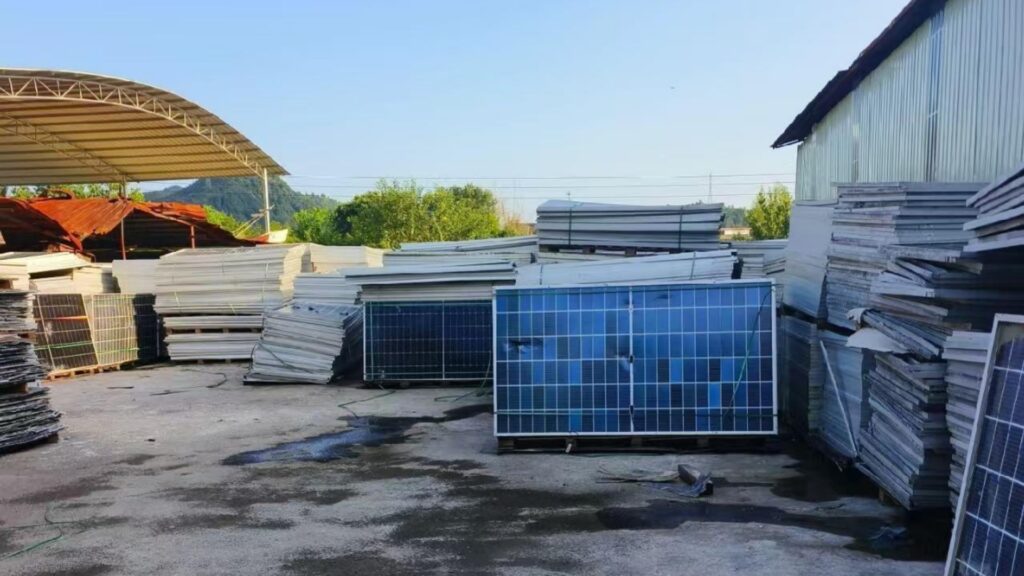
Working principle
Solar panels are fixed on the worktable of the frame remover, and the module is stabilised by clamps or vacuum suction cups to prevent deflection during movement. Separate the frame directly by cutting the adhesive layer along the joint between the frame and the glass by rotating the blade or wire saw.

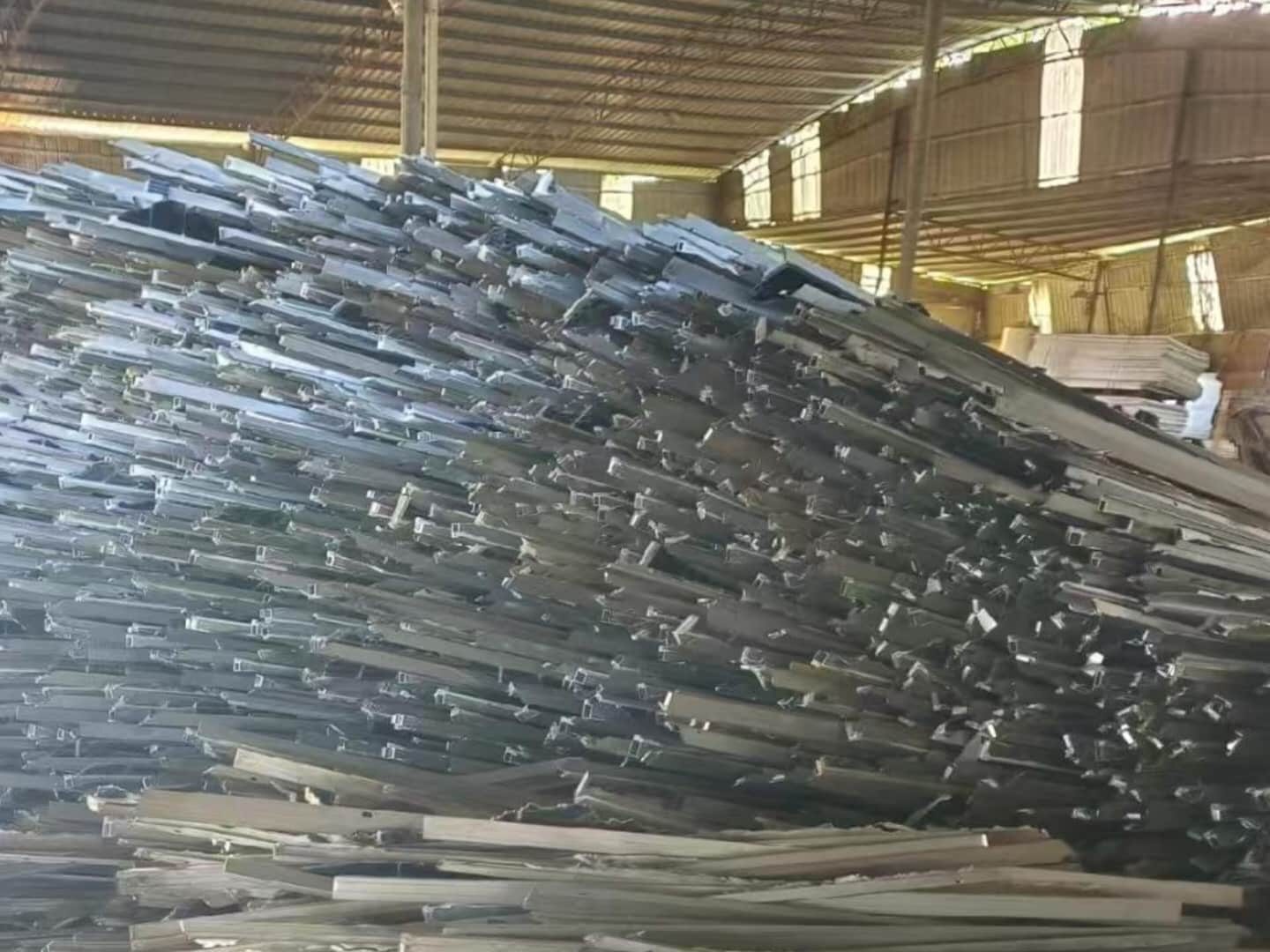
Technical Advantages
1.High efficiency and energy saving
Automated operation, a single machine can process dozens of solar panels per hour.
- 2.High recycling rate
The complete recycling rate of aluminium frame can reach more than 95%, reducing the waste of resources. - 3.Environmental protection and safety
Avoid the problems of broken glass and adhesive pollution caused by manual dismantling.
4.High adaptability
can handle modules of different sizes (e.g. 60 cells, 72 cells).
The Solar Panel Dismantler quickly separates the aluminium frames of solar panels, preserving the integrity of the aluminium material for recycling and reducing damage to glass and silicon materials. It improves dismantling efficiency, replaces traditional manual operations, and reduces labour costs and safety risks. It also helps to promote the sustainable development of the photovoltaic industry.

